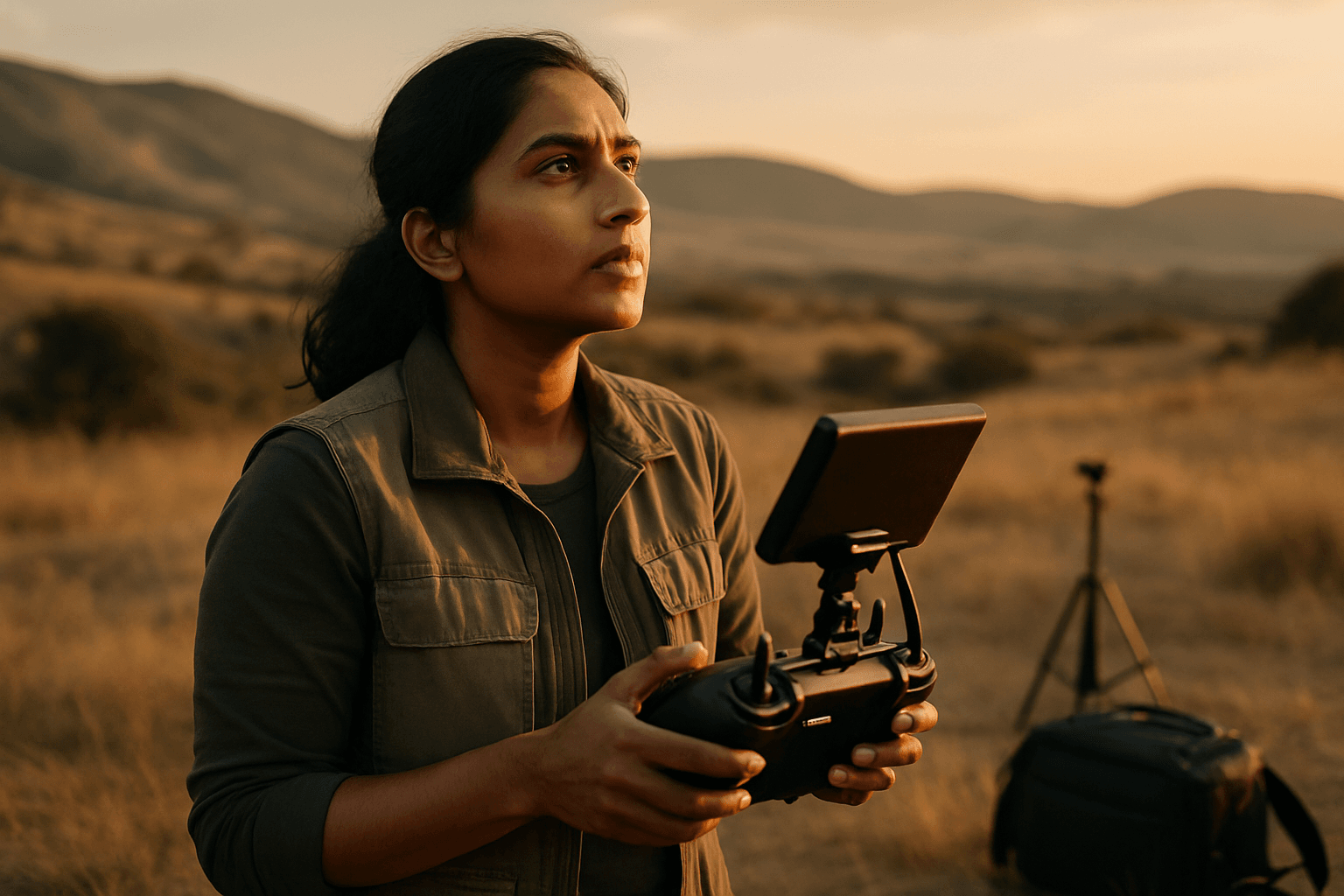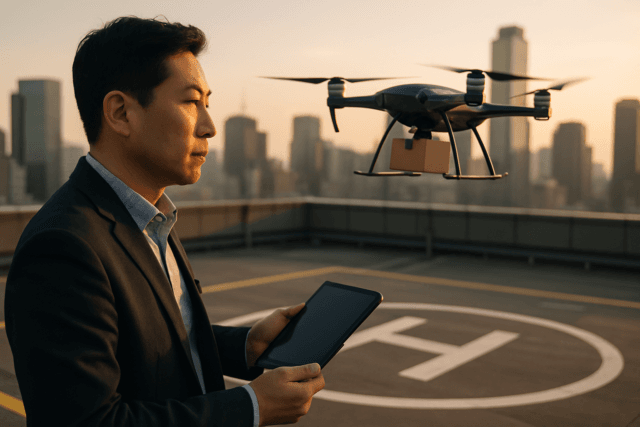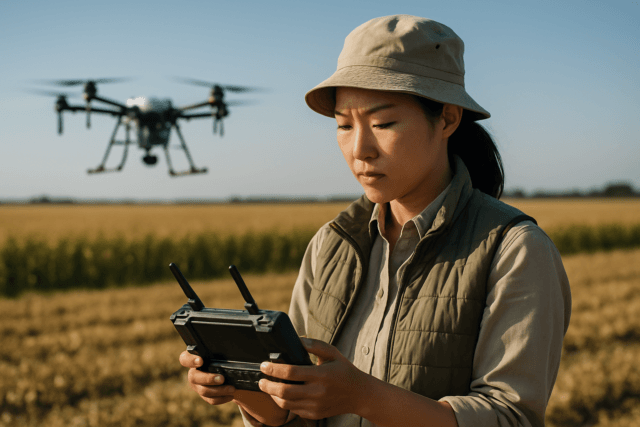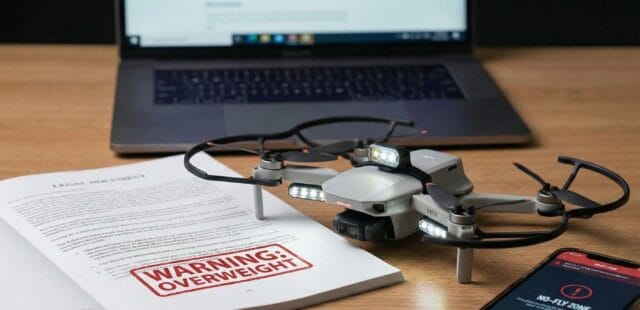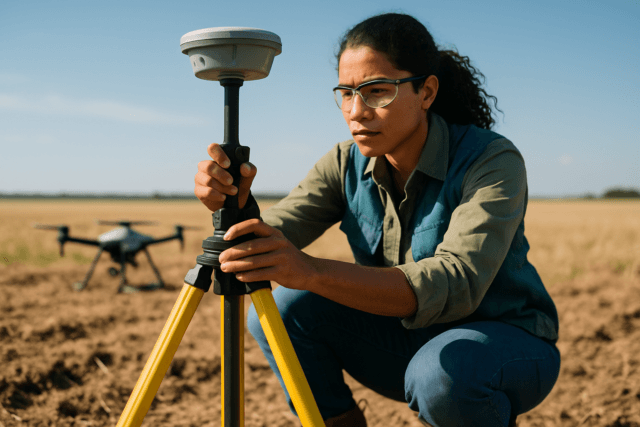In the evolving landscape of visual storytelling, drones have emerged as a transformative tool, allowing filmmakers to capture breathtaking perspectives previously achievable only with costly cranes or helicopters. From sweeping landscapes to dynamic tracking shots, drone cinematography has redefined how stories are told through visuals, adding depth, scale, and an immersive quality that traditional ground-based cameras often can’t match. This guide delves into the essential techniques, tools, and considerations for creating truly cinematic drone footage for your short films, helping you to achieve professional-grade aerial visuals.
Why Drones are Essential for Cinematic Storytelling
Drones have revolutionized filmmaking by offering dynamic angles and perspectives that were once difficult or impossible to achieve. They enhance visual storytelling by providing:
- Aerial Perspectives: Creating a sense of grandeur and scale, allowing viewers to appreciate the vastness of a scene or the relative insignificance of a subject within a large environment.
- Seamless Motion: Delivering smooth tracking shots and fly-overs that immerse viewers in the environment and follow subjects with fluidity.
- Dramatic Reveals: Building suspense and anticipation by slowly unveiling a scene as the camera rises or rounds a corner.
- Cost-Effectiveness and Accessibility: Making aerial filming more affordable and accessible to independent filmmakers and smaller productions, removing the need for expensive helicopter rentals.
Modern drones, equipped with features like stabilization gimbals and AI flight paths, offer ultra-smooth motion even in challenging conditions and can automate subject tracking for dynamic sequences.
Choosing the Right Drone for Cinematic Filmmaking
Selecting the appropriate drone is crucial for achieving high-quality cinematic footage. Key features to consider include:
Drone Capabilities and Features
- High-Resolution Video: Look for drones capable of shooting in 4K or even 8K for high detail and flexibility in post-production. Drones like the DJI Inspire 3 offer 8K/75fps ProRes RAW, while models like the DJI Mini 4 Pro record in 4K/60fps HDR.
- Stable Flight and Gimbal: A 3-axis gimbal is essential for eliminating shaky footage and ensuring smooth, stable shots, even in windy conditions.
- Flight Time: Drones with longer flight times (25-30 minutes or more) allow for more continuous shooting and reduce the need for frequent battery changes.
- Advanced Color Profiles: Drones offering flat or log color profiles (like 10-bit D-Log M) provide greater dynamic range and flexibility for color grading in post-production.
- Obstacle Avoidance: Features like omnidirectional obstacle sensing enhance safety, especially for new pilots or when flying in complex environments.
Recommended Drones for Filmmaking
- DJI Mini 4 Pro: An excellent compact and portable option for travel and smaller projects, weighing under 249g (often avoiding certain regulations). It offers 4K/60fps HDR, 10-bit D-Log M, and intelligent shooting modes.
- DJI Air 3S: A step up for those needing more than a compact drone, featuring a dual-camera system (wide-angle and medium telephoto) and 4K/60fps HDR video.
- DJI Inspire 3: Considered a top choice for high-end productions, this cinema drone captures aerial shots previously requiring a helicopter, with 8K/75fps ProRes RAW and advanced creative controls.
- Insta360 Antigravity A1: An upcoming 8K panoramic aerial drone that uses a dual-lens setup and 360-degree image stitching, allowing users to reframe footage in post-production without missing key moments. This drone also offers intuitive head-tracking and gesture-based controls with VR goggles for an immersive flying experience.
Mastering Cinematic Drone Techniques
Beyond having the right equipment, cinematic drone footage relies heavily on skillful piloting and thoughtful composition.
Essential Camera Movements
- Establishing Shots / Bird’s-Eye View: Flying straight down from above to show the enormity or beauty of a landscape, providing a sense of scale and setting the scene.
- Tracking Shots: Following a subject from above, providing smooth, dynamic movement that immerses viewers.
- Reveal Shots: Starting close to an object or scene and then moving out to dramatically unveil a wider view, building anticipation.
- Orbit Shot (360° Focus): Circling around a subject to create a dramatic reveal or showcase it within its environment, often enhancing depth with a parallax effect.
- Dolly Zoom (Vertigo Effect): Flying backward while zooming in (or vice versa) to create a disorienting, mind-bending perspective.
- Low-Flying Water Glide: Skimming the surface of water for an immersive, high-speed feel.
- Pan and Tilt Shots: While the drone hovers, the camera itself pans horizontally or tilts vertically to follow action or reveal elements.
- FPV (First-Person View) Drone Shots: FPV drones offer a highly immersive, kinetic, and fluid perspective, akin to a Steadicam in the sky, allowing for unique shots that can dive dynamically inside studios or around complex sets.
Composition Principles
- Rule of Thirds: Placing subjects or points of interest along the intersecting lines or at the intersections of a tic-tac-toe grid superimposed on your frame creates a more dynamic and visually engaging composition.
- Leading Lines: Utilize natural or man-made lines (roads, rivers, buildings) to guide the viewer’s eye through the frame and add depth.
- Symmetry and Patterns: Drones excel at capturing striking symmetrical compositions and mesmerizing patterns from an overhead perspective.
- Framing: Use natural frames like archways, branches, or gaps between buildings to add depth and context to your shots.
- Scale and Perspective: Position your drone to emphasize the size relationship between subjects and their environment, highlighting grandeur or isolation.
Pre-Production and Planning for Drone Shots
Effective planning is paramount for successful cinematic drone footage.
- Storyboarding and Shot Planning: Define the storytelling goal of each drone movement. Storyboarding helps visualize the sequence of shots and how they contribute to the narrative.
- Location Scouting: Assess the location for potential hazards, interesting features, and suitable flight paths. Consider how natural light will interact with your shots throughout the day.
- Legal and Safety Considerations:
- Regulations: Understand and adhere to local drone regulations, including maximum altitude limits (e.g., typically 120m/400ft in many regions), no-fly zones, and line-of-sight requirements.
- Licensing and Permissions: Commercial drone operators often require specific licenses (e.g., FAA license in the US) and may need prior approval for filming in certain areas, such as university campuses or private property.
- Weather: Drones are susceptible to weather conditions. Plan flights on calm, clear days to ensure stable footage and safe operation.
- Insurance: Obtain appropriate insurance coverage for your drone and operations.
Camera Settings for Cinematic Drone Footage
Optimizing camera settings is crucial for achieving a professional filmic look.
- Frame Rate: Shoot at 24fps or 30fps for a traditional filmic look. Use 60fps or higher (e.g., 4K/100fps or 4K/120fps) for smooth slow-motion effects.
- Shutter Speed (180-Degree Rule): For natural motion blur, set your shutter speed to approximately double your frame rate (e.g., 1/48th or 1/50th for 24fps).
- ISO: Keep ISO as low as possible (typically 100 or 200) to minimize digital noise, especially in low-light conditions.
- Aperture: Control depth of field and exposure. For expansive landscape shots, a higher f-stop (smaller aperture) will keep more of the scene in focus.
- ND Filters (Neutral Density Filters): Essential for maintaining the 180-degree shutter rule in bright daylight, preventing overexposure while allowing for slower shutter speeds.
- Color Profile: Use a flat/log color profile (like D-Log M) to capture the widest dynamic range, preserving details in highlights and shadows, which provides more flexibility during color grading.
Post-Production and Editing Drone Footage
The magic of cinematic drone footage often comes to life in post-production.
- Color Grading: Adjust tones, contrast, and color to enhance the mood, depth, and storytelling impact of your aerial visuals. D-Log M footage offers greater flexibility for this.
- Stabilization: Even with a gimbal, minor jitters can occur. Post-production stabilization tools can further smooth out footage for an ultra-polished look.
- Editing Software: Utilize professional editing software to seamlessly integrate drone shots with other footage, create dynamic transitions, and refine timing.
- VFX and Enhancements: Subtle visual effects can enhance landscapes, add elements, or achieve specific stylistic choices. AI tools can also assist in tasks like background control, video repair, and enhancing details.
- Optimizing for Platforms: Resize and export footage for different platforms (film, social media, TV) while maintaining quality.
By combining the right technology with creative vision and careful execution, filmmakers can harness the immense potential of drones to create truly cinematic and impactful short films.

